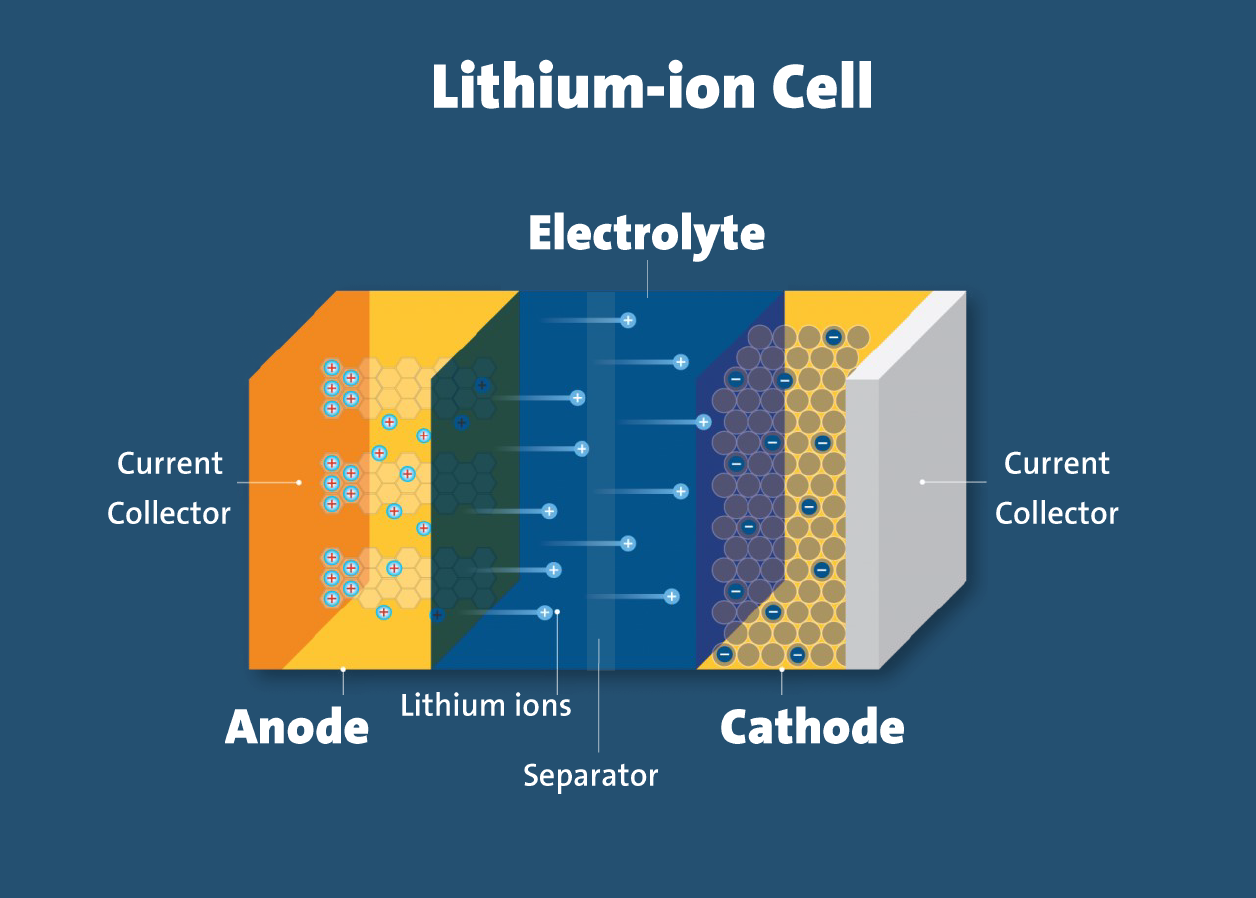Batteries are an important component of modern life, powering everything from cell phones and laptops to electric vehicles and renewable energy storage systems. However, as batteries reach the end of their useful life, they can become a source of environmental concern, with the potential to release toxic chemicals and heavy metals into the environment. Recycling batteries is a way to mitigate these concerns, as it allows valuable materials to be reused, reducing the need for new materials to be mined or manufactured. In this article, we will discuss the components of a battery that can be recycled.
Lead-Acid Batteries
Lead-acid batteries are commonly used in cars, trucks, and other vehicles, as well as in backup power systems and renewable energy storage applications. These batteries are relatively simple in construction, with lead plates submerged in an electrolyte solution of sulfuric acid.
Lead-acid batteries are highly recyclable, with over 99% of the lead in a typical battery being recoverable. The recycling process involves breaking down the battery into its component parts, including the lead plates, acid, and plastic casing. The lead plates are melted down and purified, and the acid is neutralized and converted into other chemicals.
Lithium-Ion Batteries
Lithium-ion batteries are used in a wide range of applications, including cell phones, laptops, and electric vehicles. These batteries are more complex in construction than lead-acid batteries, with a variety of metals, plastics, and other components of a battery including chemicals used in their construction.

Lithium-ion batteries are also highly recyclable, with valuable metals such as lithium, cobalt, and nickel being recoverable. The recycling process involves disassembling the battery and separating the different components, including the metal foils, electrolyte solution, and plastic casing. The metal foils are then processed using a combination of mechanical and chemical techniques to recover the valuable metals.
Nickel-Cadmium Batteries
Nickel-cadmium batteries are commonly used in cordless power tools, electronic toys, and other small devices. These batteries consist of nickel and cadmium electrodes submerged in an electrolyte solution.
Nickel-cadmium batteries are also highly recyclable, with over 90% of the metals in a typical battery being recoverable. The recycling process involves breaking down the battery into its component parts, including the metal electrodes, electrolyte solution, and plastic casing. The metal electrodes are then processed using a combination of mechanical and chemical techniques to recover the nickel and cadmium.
Other Batteries
Other types of batteries, such as alkaline and zinc-carbon batteries, are typically not as recyclable as lead-acid, lithium-ion, and nickel-cadmium batteries. While these batteries do contain some valuable metals, the cost of recycling them is often higher than the value of the materials recovered.
Conclusion
Recycling batteries is an important way to reduce the environmental impact of these important components of modern life. While not all batteries are recyclable, lead-acid, lithium-ion, and nickel-cadmium batteries are highly recyclable, with valuable materials such as lead, lithium, cobalt, nickel, and cadmium being recoverable. By recycling these batteries, we can reduce the need for new materials to be mined or manufactured, reducing the environmental impact of battery production and disposal.
About Semco – Semco University is an educational website that is catering to the needs of students and researchers. Offering information on Lithium-ion batteries. The resources and content are compiled from various sources including manufacturers, test labs, crowdsourcing, etc. Our motto is to provide a viable resource for companies, students, and enthusiasts interested in participating in the Li-ion Battery industry. Our initiative is to make people aware of the benefits, and opportunities of the revolutionary Lithium Batteries for multiple applications.
For More Updates Follow Us
WhatsApp – Facebook – Instagram – Twitter – Linkedin – Youtube

